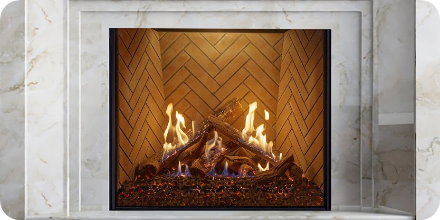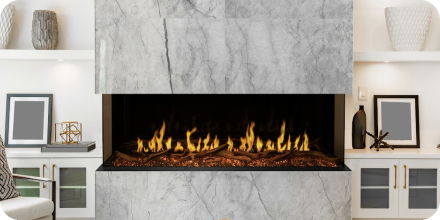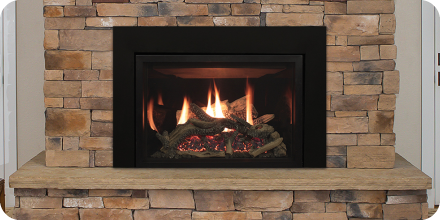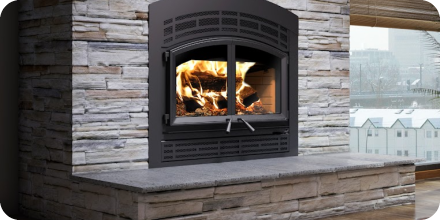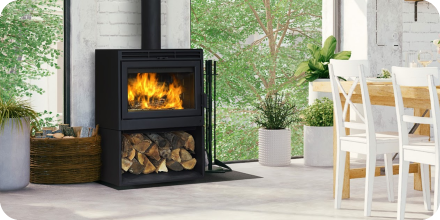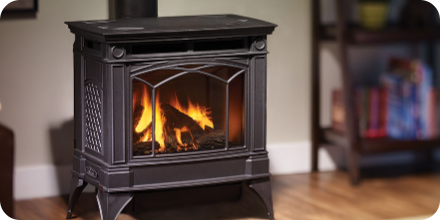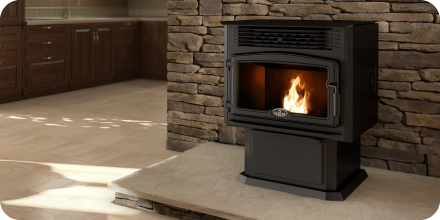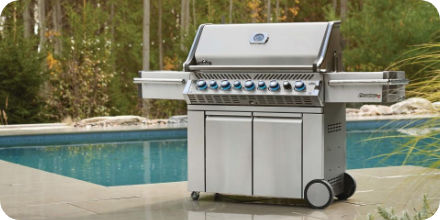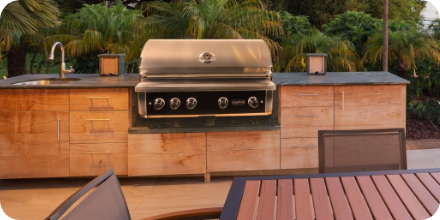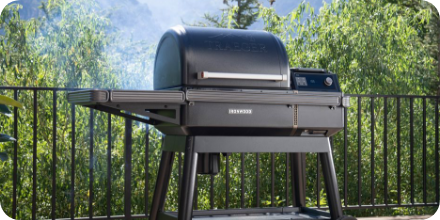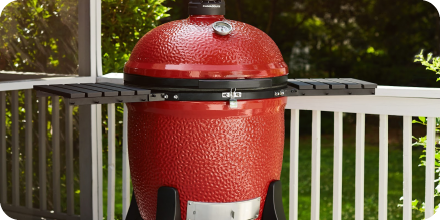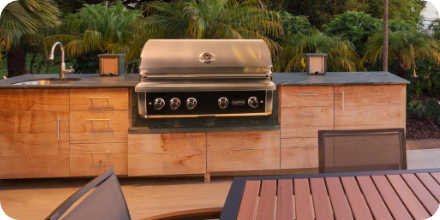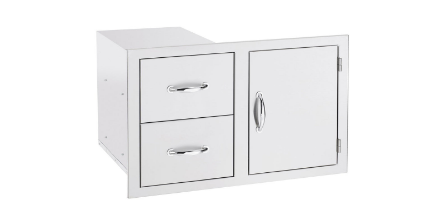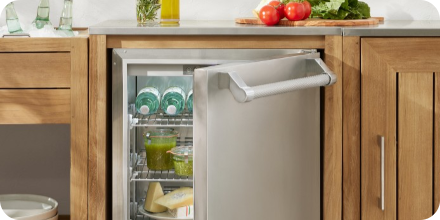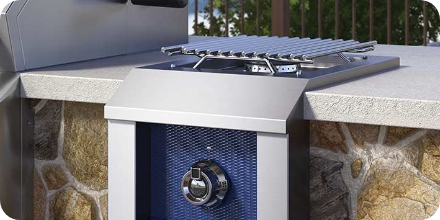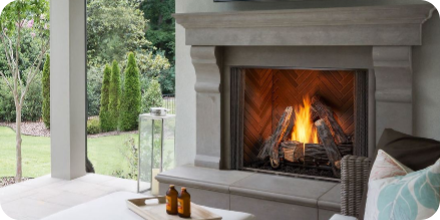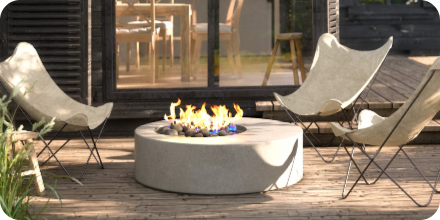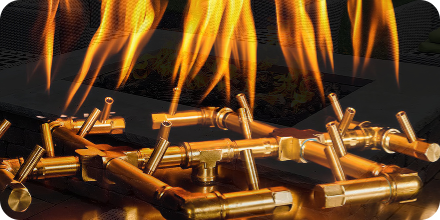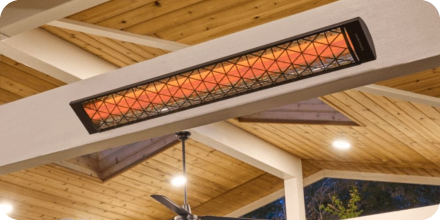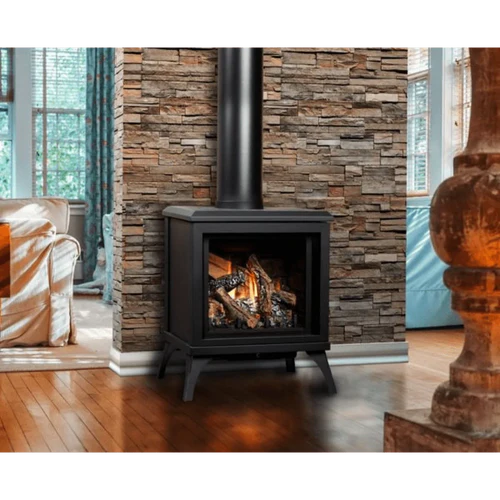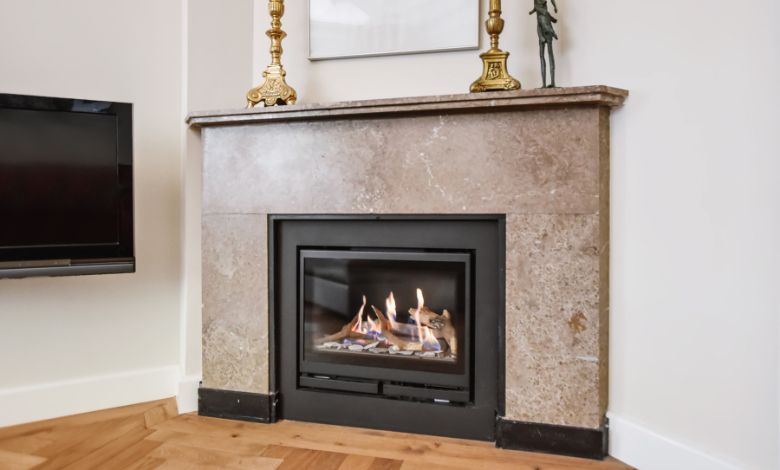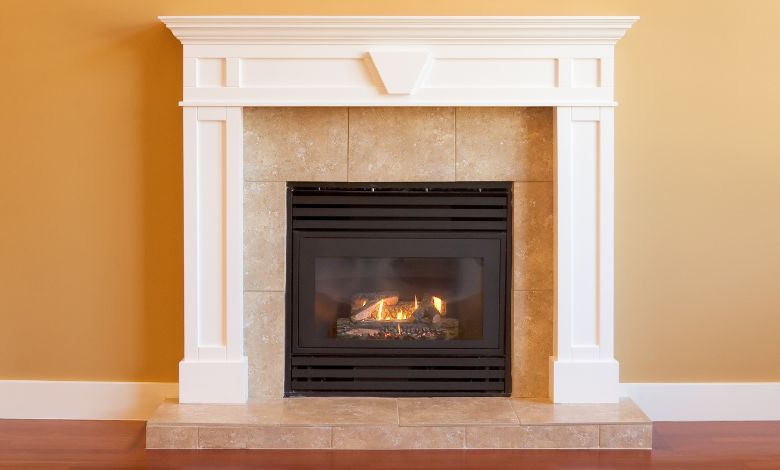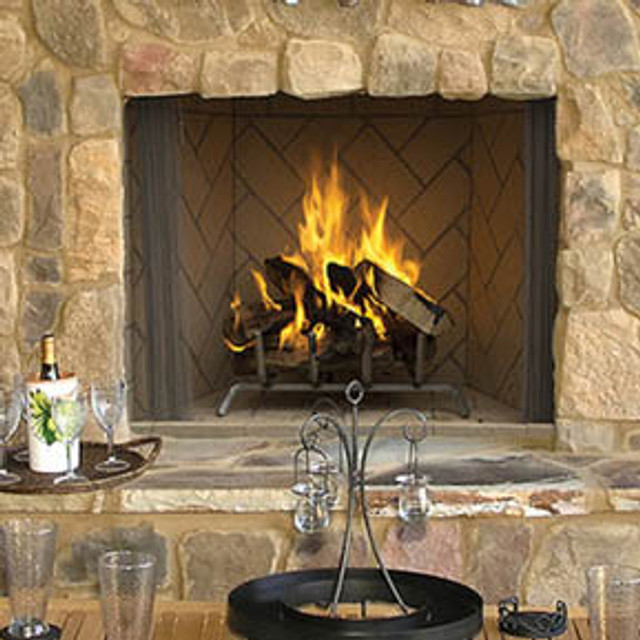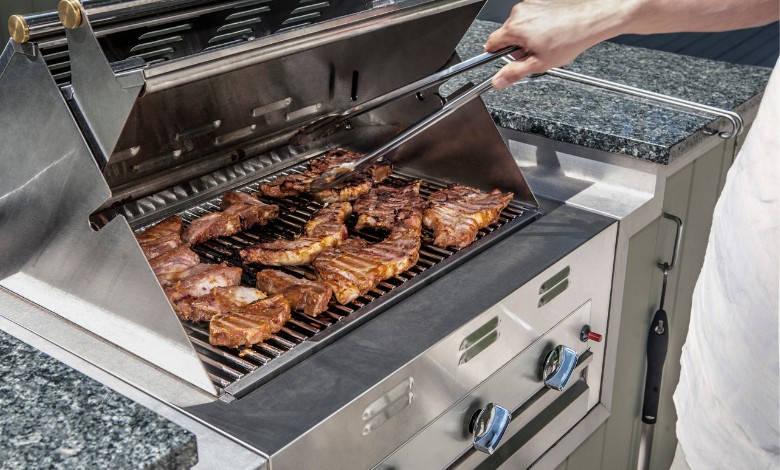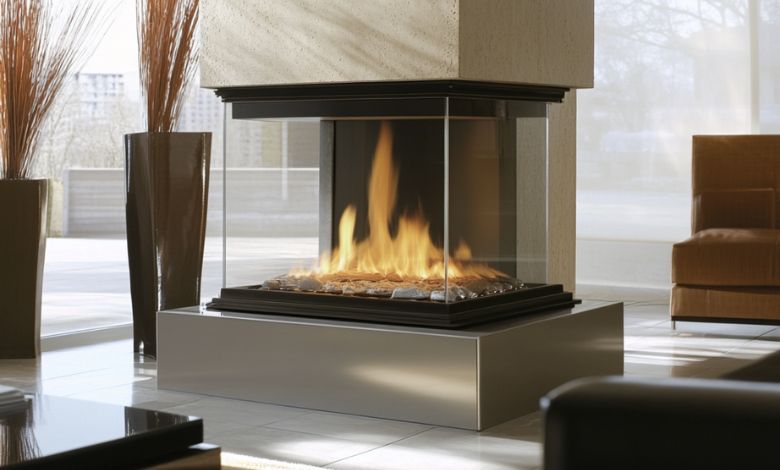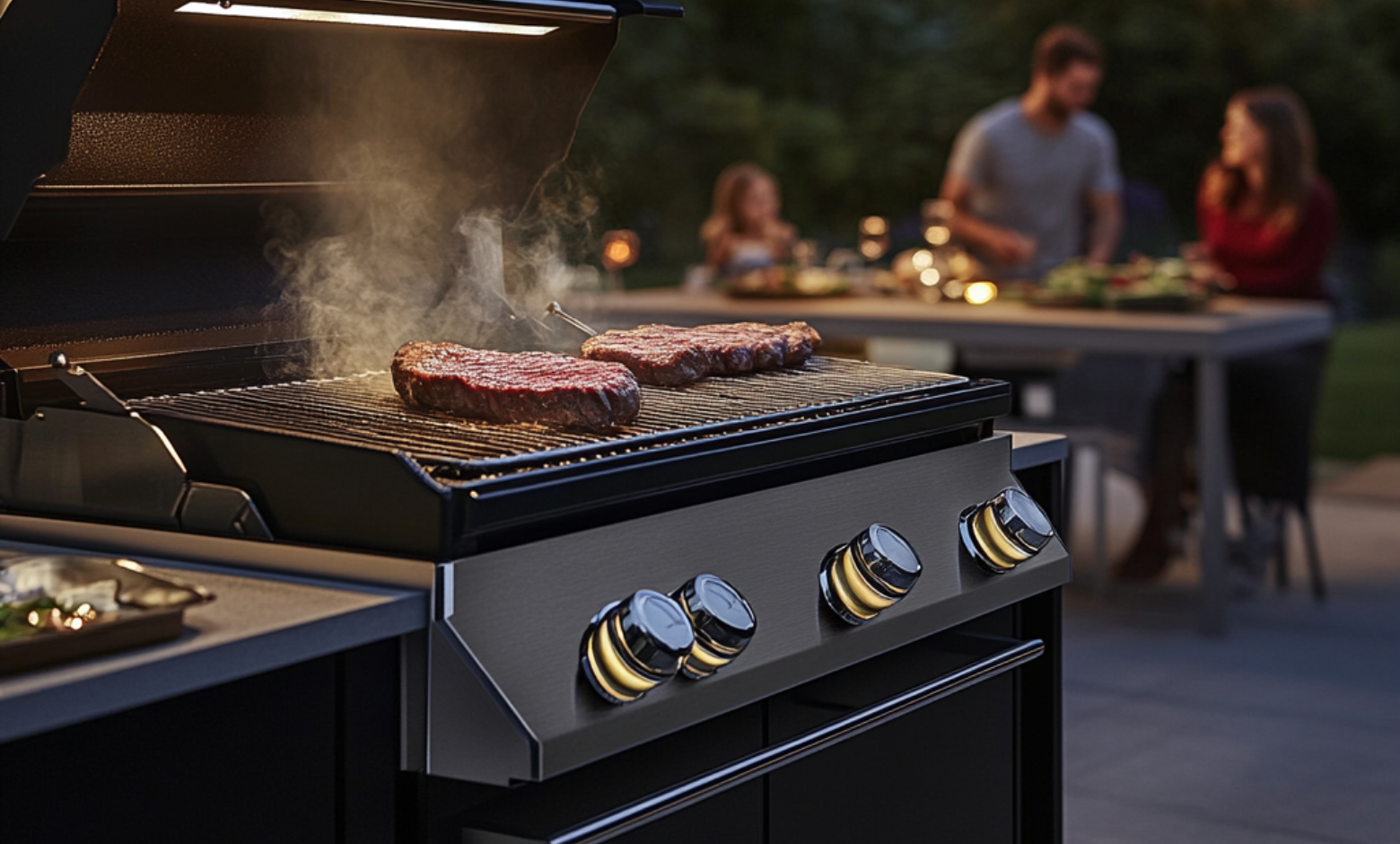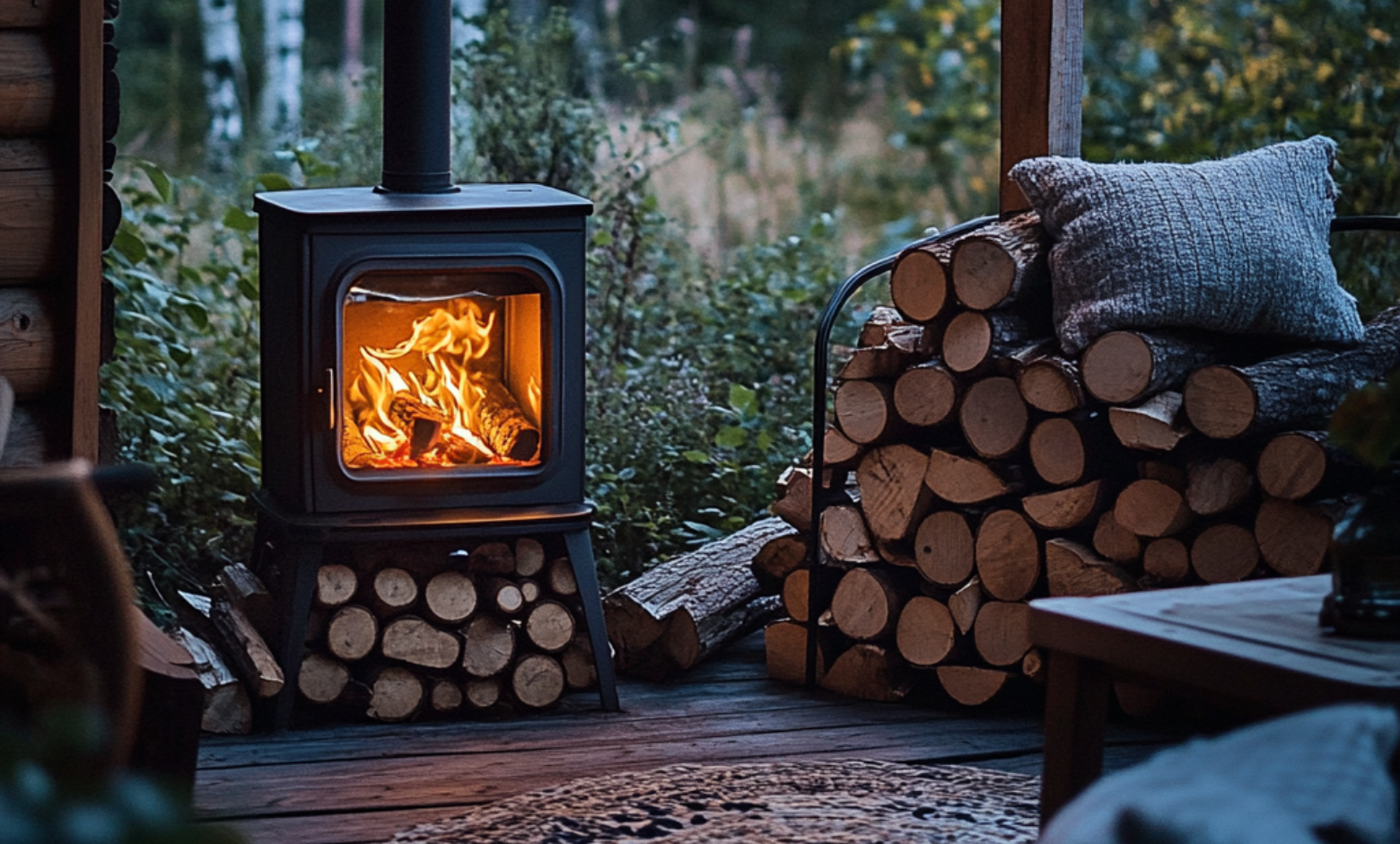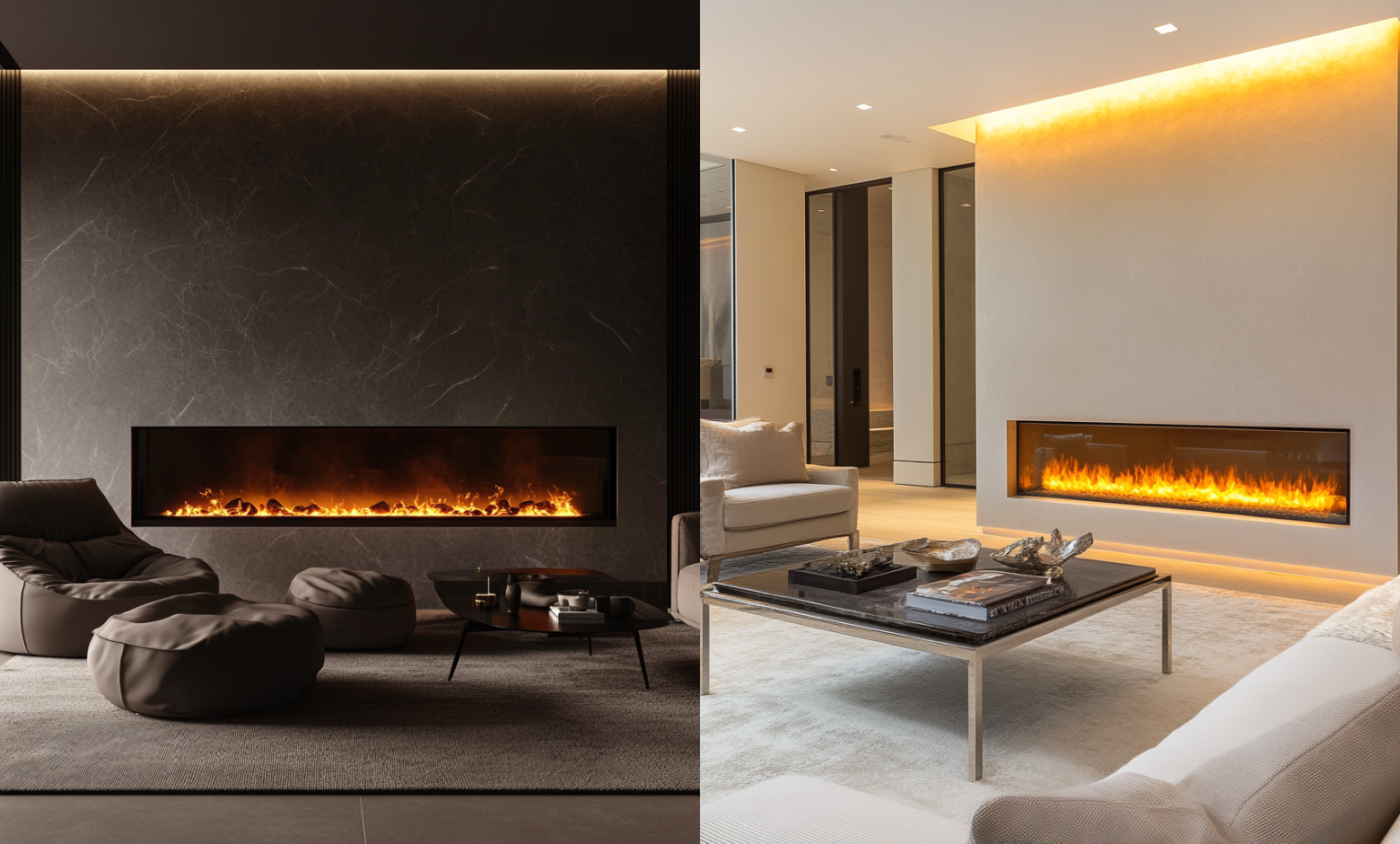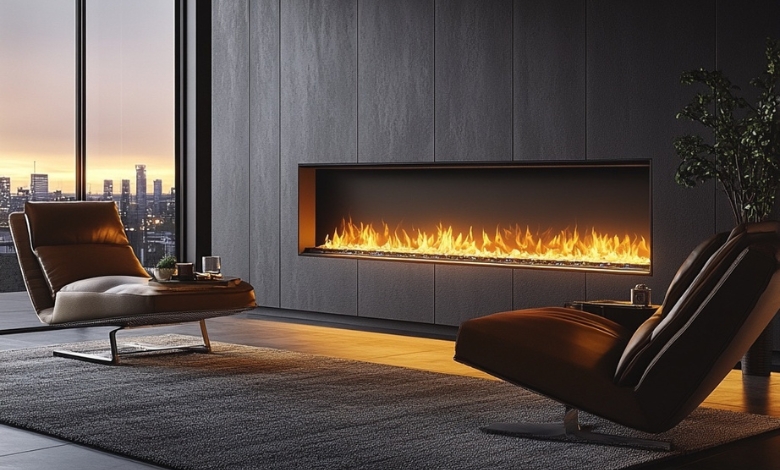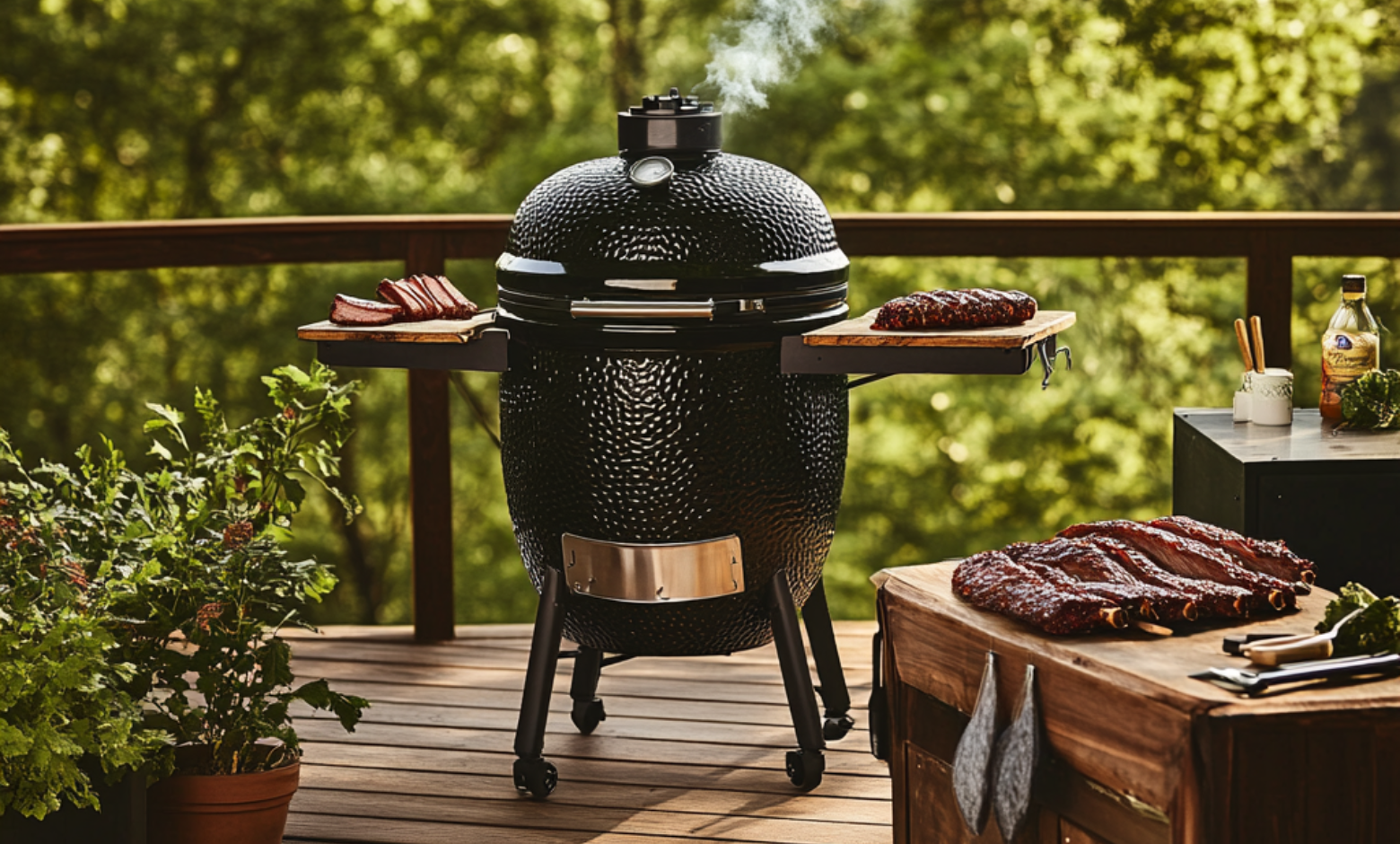Do You Really Need a Chimney Liner for Your Wood Insert?
Posted by Anna William on Feb 6th 2025
When shopping for a new wood insert to convert your fireplace, one common question that arises is whether you need to install a chimney liner. Some homeowners worry it's an unnecessary upsell by sellers, while others are unsure whether it's truly essential for the safety and performance of their wood stoves. In this post, we’ll break down what chimney liners do, whether they're really necessary, and why investing in one can save you from future headaches.
What is a Chimney Liner?
A chimney liner is a protective lining installed inside your chimney, running from the top of your chimney stack down to the insert or stove. It serves as a conduit for exhaust gases to escape the home safely. There are two main types of chimney liners: uninsulated liners (typically ranging from $500 to $1,000) and fully insulated liners with caps (which can cost upwards of $2,000 for taller chimneys).
But the question remains: Do you really need one?
The Importance of a Chimney Liner for Performance
Many homeowners assume that once they install a wood fireplace insert, they’re good to go. After all, the stove will manage the heat, and the chimney will take care of the exhaust. However, this assumption is problematic. Without a chimney liner, the stove will struggle to maintain a proper draft, and this can lead to inefficient performance.
Imagine your home as a sealed envelope—an insulated, controlled environment. Your HVAC system is designed to maintain this balance, keeping outside air and temperatures out. But when you install a wood stove, you’re cutting a hole in this envelope. As a result, outside air begins to infiltrate, disrupting the airflow inside.
Without a chimney liner, that negatively pressurized air has nowhere to go but back into your home, causing smoke to billow out into your living room instead of safely venting outside.
A chimney liner, especially if insulated, helps maintain the correct draft inside the chimney by creating a sealed pathway for exhaust gases. This improves the stove’s efficiency, allowing the chimney to heat up quickly and pull air out, preventing smoke from entering your home.
The Safety Risks of Skipping the Chimney Liner
Beyond performance issues, safety is another critical reason to install a chimney liner. When a chimney isn't lined, creosote—a highly flammable substance formed when burning wood—can build up inside the chimney. Over time, this can cause chimney fires or lead to the dangerous escape of toxic gases into your home.
The safety concerns become even more apparent when considering creosote buildup. Without the proper airflow, soot, tar, and creosote accumulate in the chimney, posing a fire hazard. This issue is not just about potential chimney fires but also the risk of these toxic substances leaking through the brick, possibly into the walls or floorboards of your home, creating a fire hazard in other parts of the house.
Installing a chimney liner creates a controlled environment where dangerous substances like creosote are contained, making it much easier to clean and prevent them from causing harm. This can prevent the need for costly repairs later on, as you won’t have to replace the entire chimney structure if the liner gets damaged over time.
The Bottom Line: A Chimney Liner is Essential
Finally, while it might seem like a salesperson's upsell, installing a chimney liner is not only beneficial but essential for both performance and safety. A chimney liner ensures that your wood stove runs efficiently, prevents smoke and harmful gases from entering your home, and helps protect against dangerous creosote buildup.
While it may add an upfront cost, a chimney liner will ultimately save you time, money, and peace of mind by ensuring your wood stove works as it should and keeping your home safe. Don’t risk future headaches—invest in a chimney liner today.
If you're looking for expert guidance on choosing the right chimney liner for your home, visit Embers Living or contact us for more information on our products. We can even ship some of our wood-burning products outside the United States!

